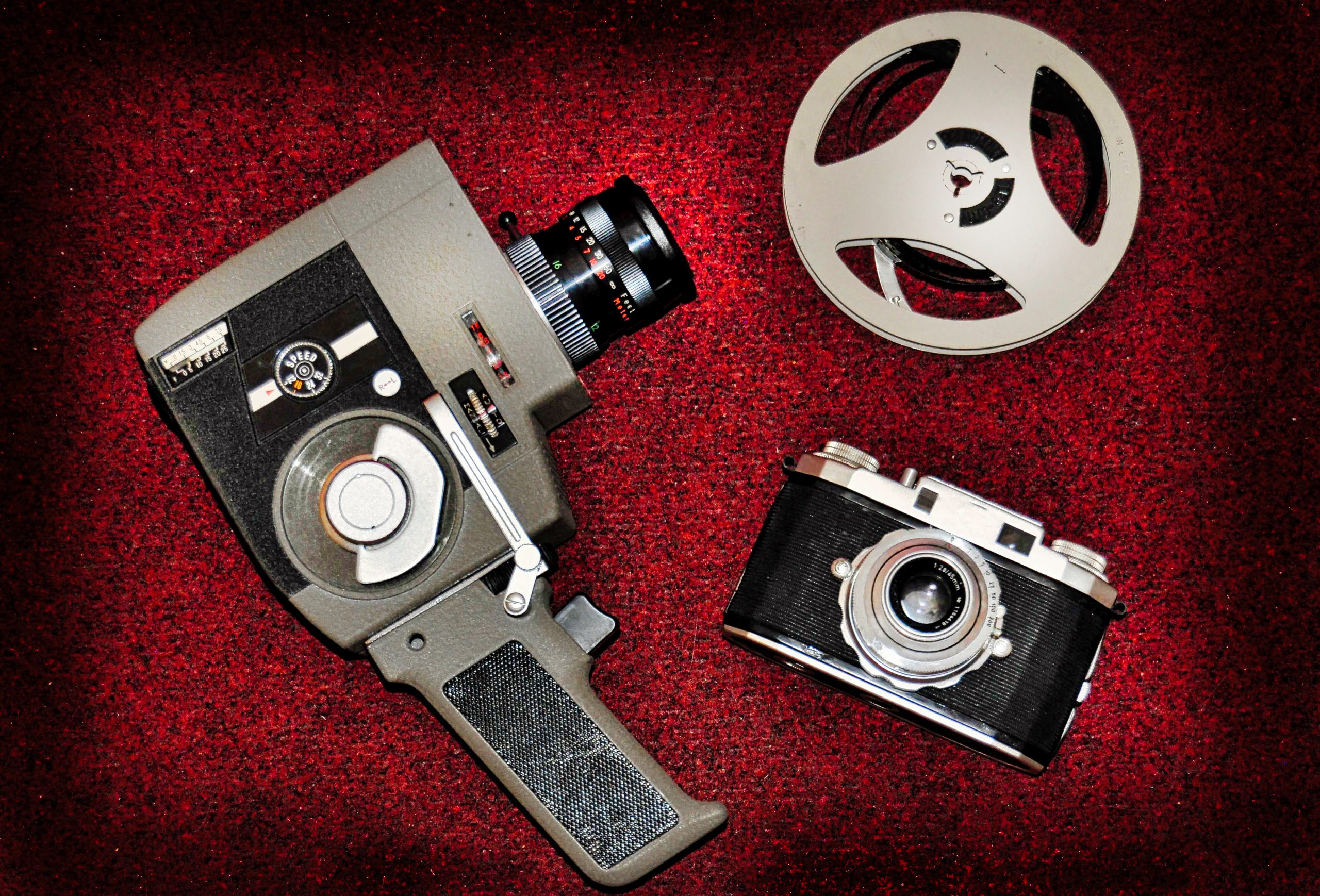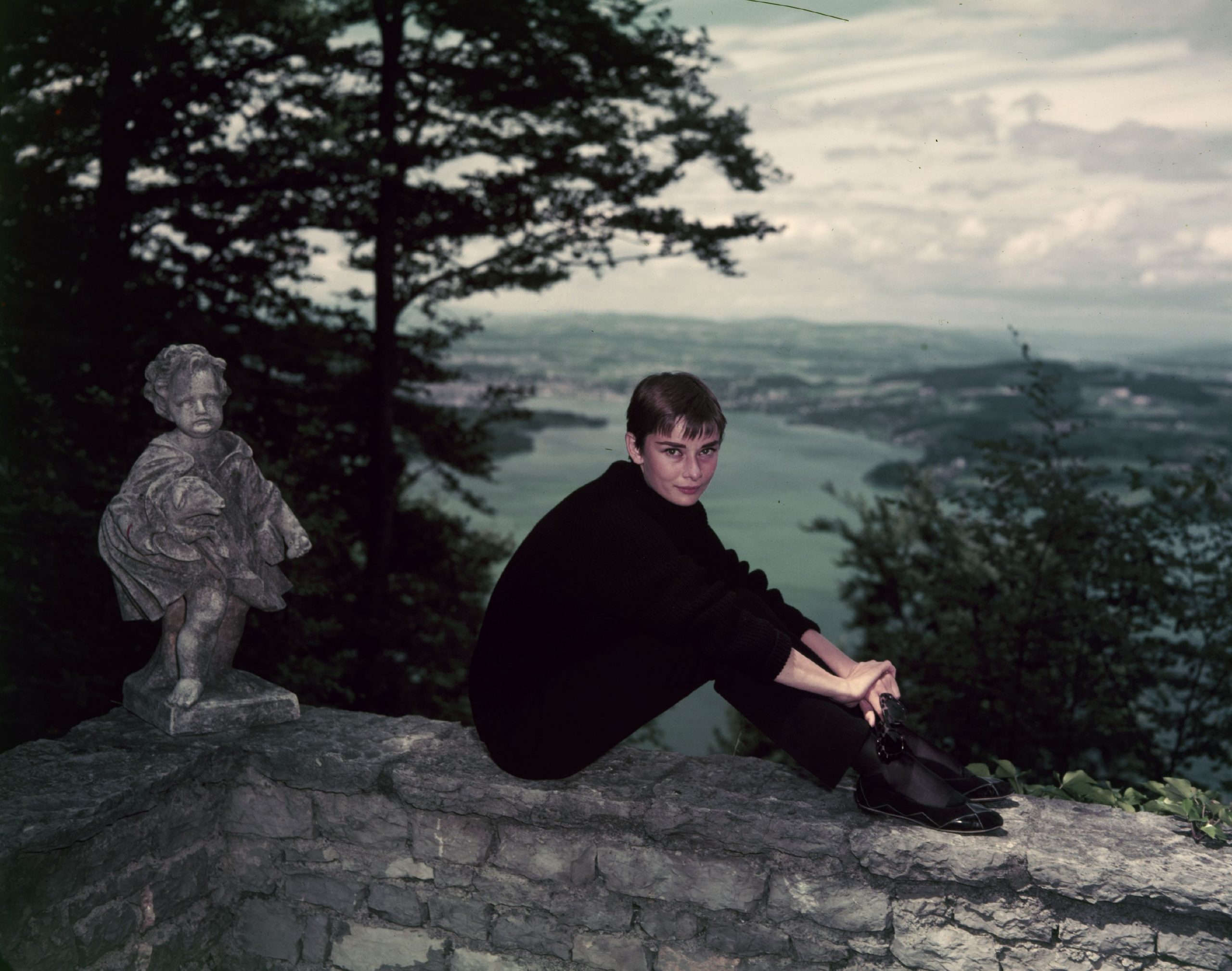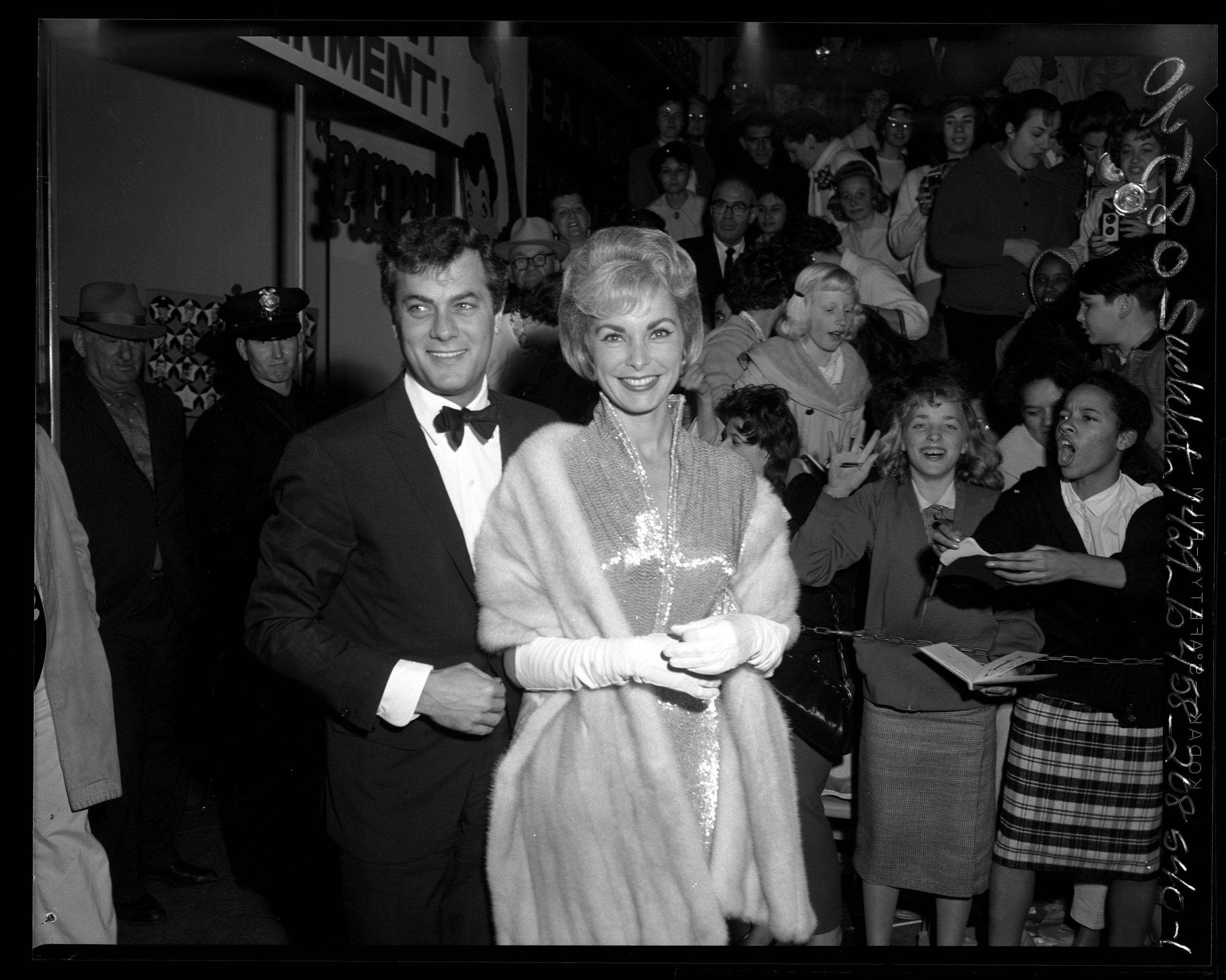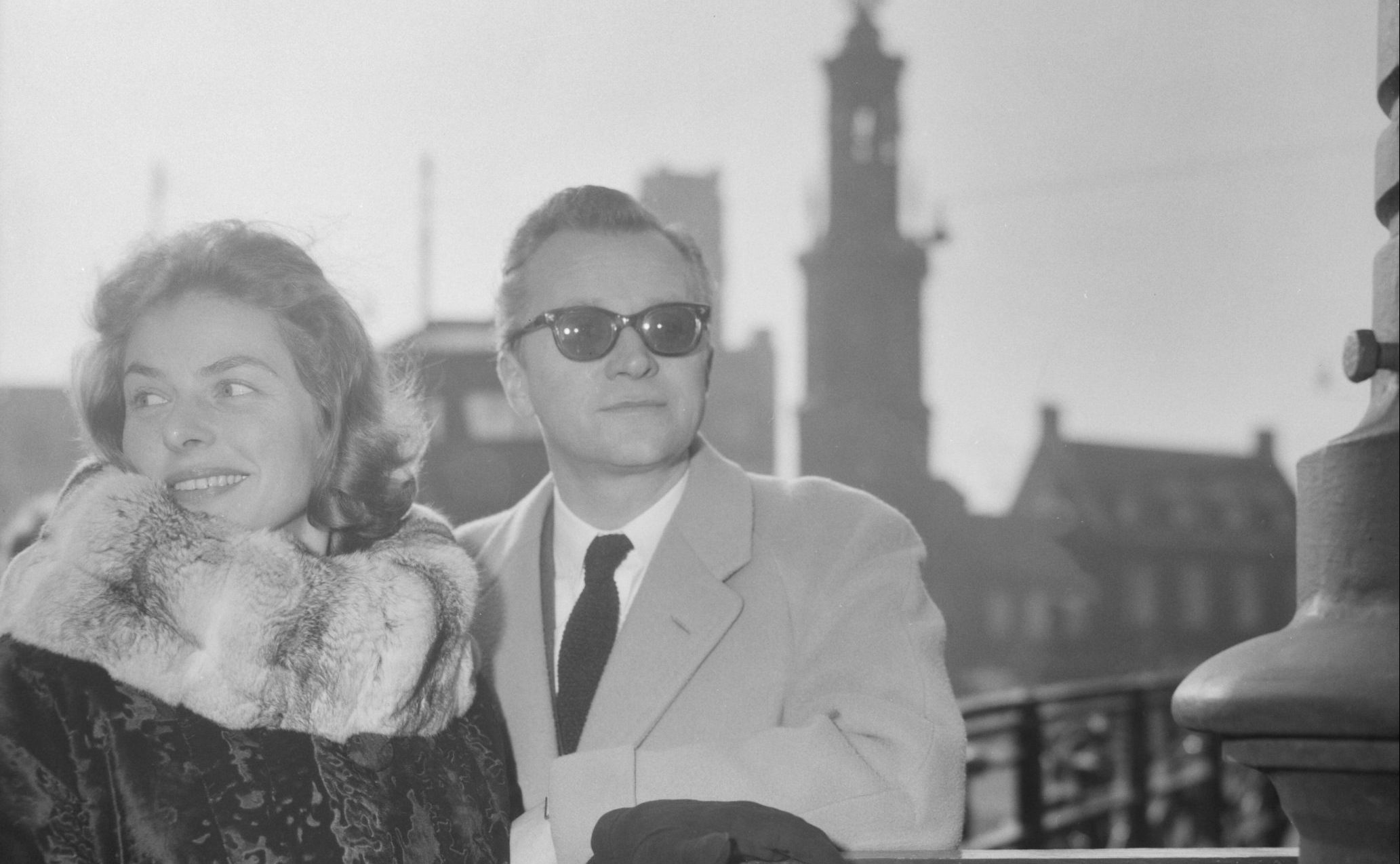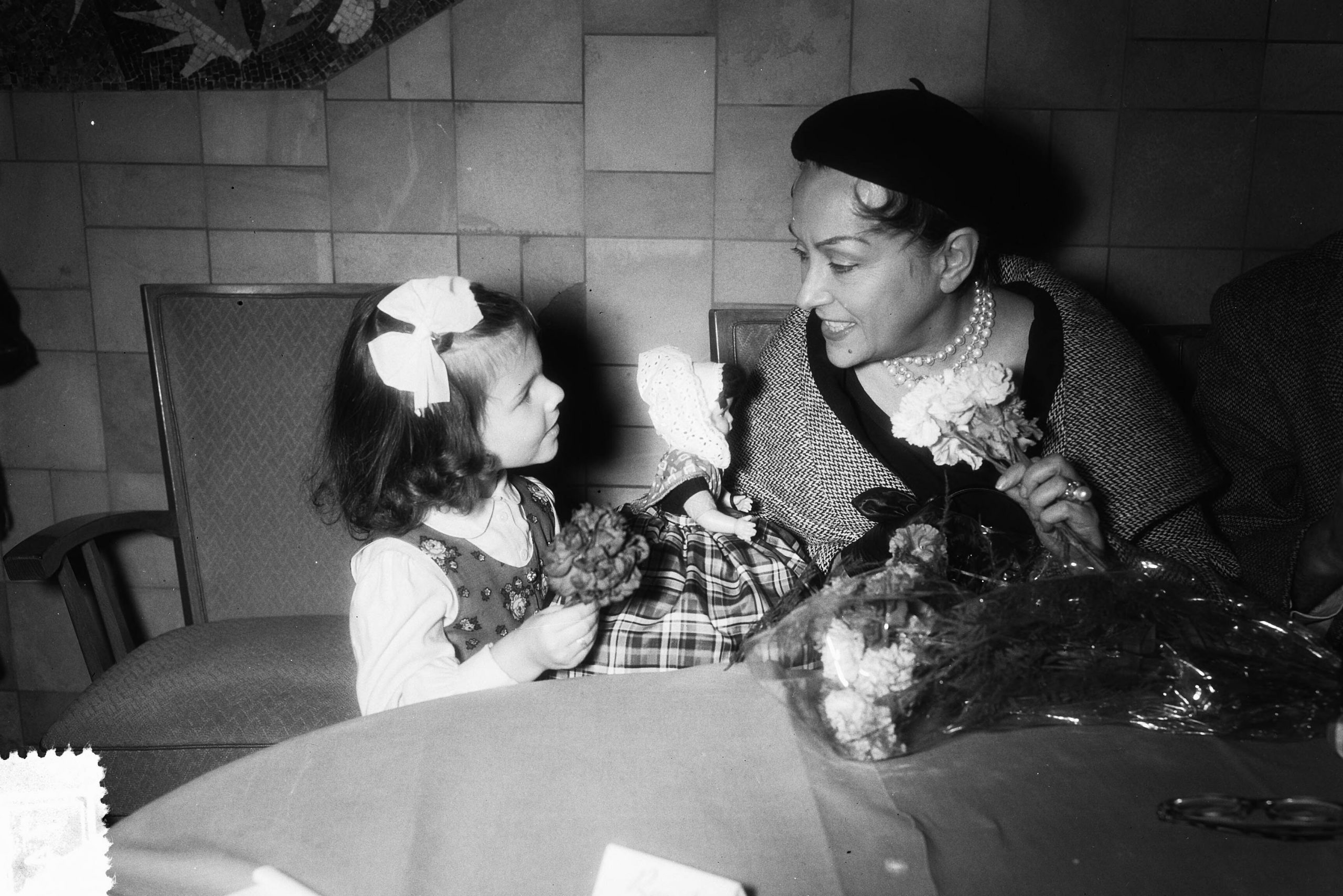Continued from part one
After Greta Garbo lost her patron Mauritz Stiller, the situation initially seemed hopeless for the actress: although she was under contract to MGM, this by no means guaranteed long-term success as an actress.
At the end of the twenties, Greta Garbo met the actor John Gilbert: the two played together in various films, including A Woman of Affairs (1928). In the fading silent film era of the late twenties, Gilbert and Garbo were a sought-after acting couple.
There is no doubt that Greta Garbo was very lucky to make the acquaintance of John Gilbert: Not only did the two harmonize perfectly in front of the camera, Gilbert provided the outsider Garbo with numerous valuable contacts in show business. Gilbert introduced his girlfriend to the business manager and agent Harry Edington, who advised and supported her from then on. That’s how it happened that Greta Garbo had her career at MGM under control by 1933.
“If they want me to talk, I will talk,” Greta Garbo said at the end of the twenties: the era of silent films was over, talkies were now the state of the art.
Greta Garbo prepared for the talkies early on and trained her English pronunciation.
“Garbo talks!“
When the first talkies starring Greta Garbo were released, movie audiences were eager to hear what the actress’ voice would sound like: did her voice even fit the image Garbo had been given?
Her first role in a sound film in Anna Christie (1930) suited the actress somewhat: The main character, Anna Christie, played by Garbo, was raised by Swedish relatives on a farm in Minnesota. Greta Garbo was able to fill the role of Anna Christie perfectly with her slight Swedish accent.
Garbo’s eagerly awaited sound film debut – the slogan “Garbo talks!” was in all the newspapers – was a complete success for the actress. This was by no means self-evident in Hollywood: many stars who had begun their careers in the silent era were unable to continue their careers with the advent of the talkies. But Greta Garbo prepared for the talkies early on and trained her English pronunciation: Garbo’s somewhat throaty sounding contra alto voice was a perfect match for the image that had been painted of her on the screen up to that point.
Salka Viertel
At that time it was common to shoot several versions of the same film in different languages: Thus, not only was an English-language version shot of Anna Christie, but also a German-language version. Thus, the film was not synchronized for the German-speaking market, but the script was changed and other actors were hired in order to adapt the film for the respective country.
Garbo reportedly said later that she gave one of her best acting performances ever in the German-language version of Anna Christie, directed by Jacques Feyder. In the German-language version, Garbo’s presence is charged with less pathos and her appearance seems more natural and relaxed than in the English version.
Until now, Greta Garbo had been completely isolated in the world of Hollywood: for the Swede, far from home, there was little in California that reminded the actress of her homeland. In 1929, director Feyder introduced her to the wife of German writer Berthold Viertel, Salka Viertel. Salka Viertel also played a role in the German version of Anna Christie.
Salka Viertel and Greta Garbo remained friends for the rest of their lives – in the years that followed, Garbo repeatedly hosted gatherings at her home, where German and Swedish émigrés met.
“She seemed hypersensitive, though she had a steely resilience,” Salka Viertel wrote of her friend Greta Garbo.
Gottlieb, Robert: Garbo, 2021 Farrar, Straus & Giroux
Greta Garbo was not the kind of Hollywood star who frequently attended parties or other occasions: rather, she preferred intellectual gatherings in her own home to discuss German and Swedish literature. This may also explain why she got along particularly well with Salka Viertel.
Historical roles
By now it was enough to mention the name Garbo and everyone knew who it was about: the surname given to her by Mauritz Stiller had by now become a drawing card for every film production and was known all over the world.
Although she had only a relatively small role in the literary adaptation of Vicki Baum’s novel of the same name Grand Hotel (1932), she confidently led the film’s star cast: Grand Hotel was the first Hollywood film ever to feature an almost exclusively star-studded cast.
In 1933, Greta Garbo played one of the most important roles of her career in Queen Christina. Garbo took on the role of Queen Christine of Sweden (1626 – 1689), who ascends the Swedish throne after the death of her father. Salka Viertel was involved in the film’s screenplay.
It was the last of four films in which Greta Garbo co-starred with John Gilbert. The public interest in the relationship between John Gilbert and Greta Garbo, which also took place outside the film sets, was largely responsible for the actress appearing in the headlines during the late twenties and early thirties.
Did she possibly anticipate that she would still be remembered for those timeless, historical roles almost a whole century later?
Garbo at the height of her career
Garbo biographer Mark Vieira explains in his biography of the actress that after 1933, “she would reach the heights of her artistry, but she would never again reach the average movie fan.”: This was already reflected in the fact that Queen Christina was far more successful in Europe than in America, where audiences knew little of the Swedish monarchy.
From then on, Greta Garbo played historical roles more often, further cementing her image: her role in the literary adaptation Anna Karenina (1935), based on Leo Tolstoy’s novel of the same name, starred Garbo. Although the actress had other offers at the time, she still opted for historical roles: Did she possibly anticipate that she would still be remembered for those timeless, historical roles almost a whole century later?
In her thirties, Garbo starred in two more films that would significantly define her image for posterity: Greta Garbo starred in the film Camille (1936), based on Alexandre Dumas’ stage play of the same name. Her penultimate film ever, Ninotchka (1939) was Garbo’s last great success with the public and at the box office.
Alone at the top
“What could be worse than playing a movie star?”, Greta Garbo later said when asked why she stopped working as an actress at the age of 36. In 1941, the last film starring Greta Garbo was released. Merely playing herself was never an option for Garbo. She knew very well that any later roles she might have played would only have been an echo of what once was. With the end of the thirties, the era of Greta Garbo was over.
Since Garbo had come to Hollywood in the mid-twenties, the film city had changed dramatically: Garbo easily mastered the transition from silent to talkies, but the expectations placed on Hollywood stars changed dramatically after World War II at the latest. Greta Garbo had never played the typical “Hollywood game” during her career: In private as in her professional life, Garbo was always an extraordinary personality who never conformed one hundred percent to the expectations of others.
Greta Garbo had character. Perhaps that is why her name still stands for unique cinematic art all over the world like no other.
Main source: Gottlieb, Robert: Garbo, 2021 Farrar, Straus & Giroux
Cover picture: © Simon von Ludwig

 Deutsch
Deutsch

